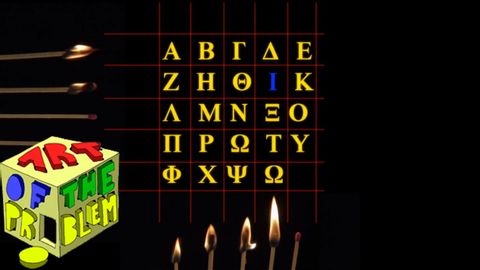ビジュアルテレグラフ(貨幣の言葉:5/16 (Visual Telegraphs (Language of Coins: 5/16))
Olivia Lo が 2021 年 01 月 14 日 に投稿  この条件に一致する単語はありません
この条件に一致する単語はありませんUS /ˈdɛmənˌstret/
・
UK /'demənstreɪt/
- v.t./i.表す;(集会 : 行進などによる)デモをする;証明する : 実証する;実演する : 実際にやって見せる
US /ˈriəˌlaɪz/
・
UK /'ri:əlaɪz/
US /pəˈzɪʃən/
・
UK /pəˈzɪʃn/
- n. (c./u.)見解 : 態度;位置;(スポーツの)位置 : ポジション;役職;状況 : 情勢;有利な立場
- v.t.位置づける : 置く;置く
- n. (c./u.)方法;秩序;(コンピュータ)メソッド
エネルギーを使用
すべての単語を解除
発音・解説・フィルター機能を解除

